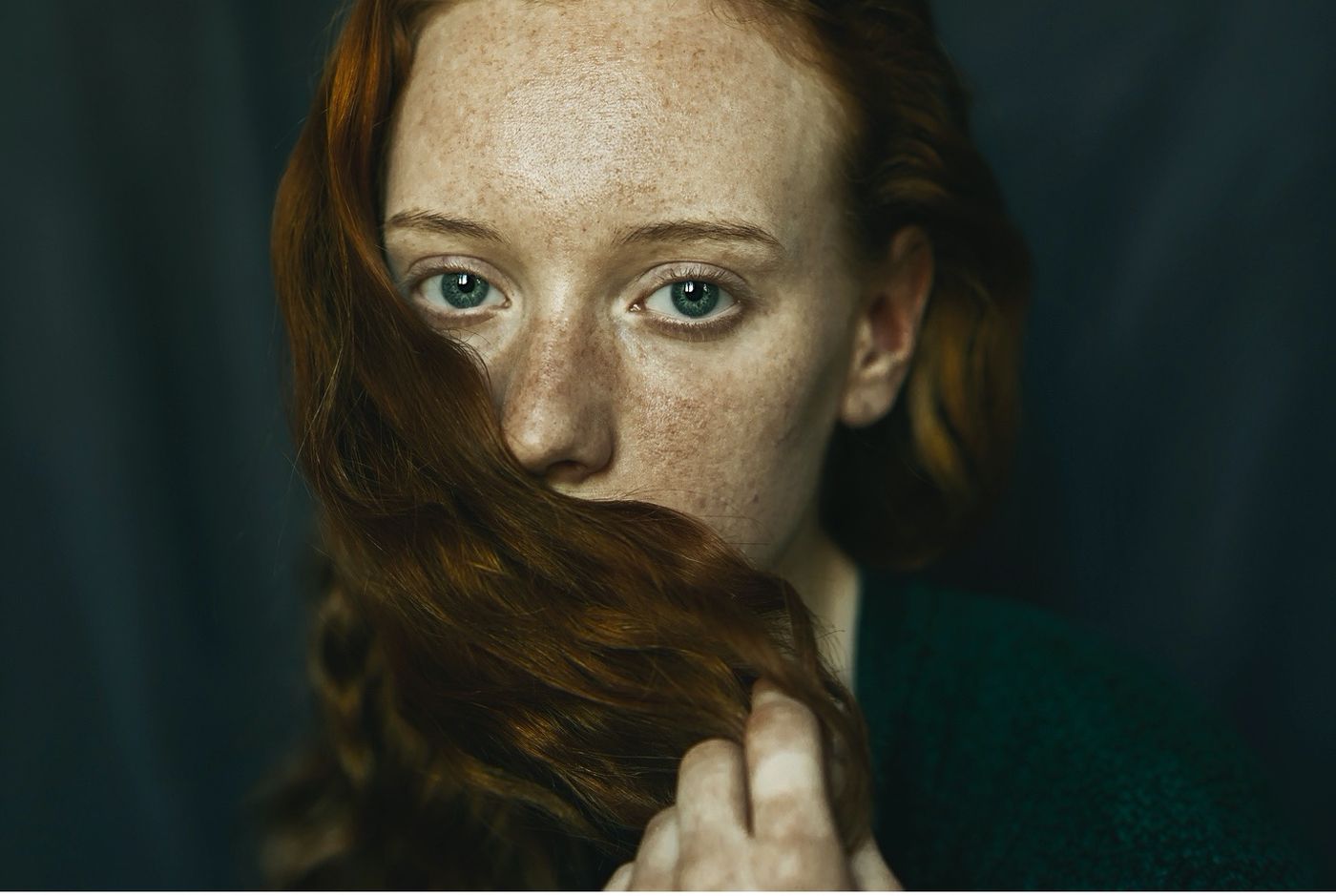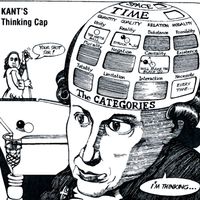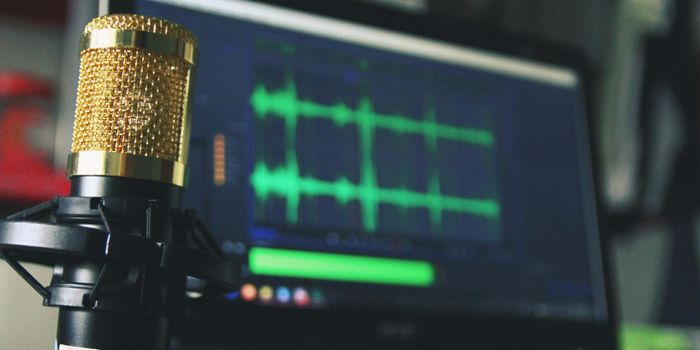Facial Cues and Context Clues: Autistic Children May Overly Rely on Facial Expressions to Judge Emotion
Human beings are generally good at interpreting others’ emotions, even when they’re hidden or masked — a handy skill for succesful social interactions. For example, you’re in a meeting that is important to your career advancement, and your boss gets a fact stupendously wrong — so wrong that you wonder how in the world this numpty was ever hired, let alone ascended up the corporate ladder. Inwardly, you cringe, but outwardly, you assemble the most serene expression you can muster and avoid eye contact with your colleagues, who are who are doing their own internal eye-roll. You all — well, except for the boss — know what’s going on.
Some of us, however, have a more difficult time determining how other people really feel, despite the sorts of clues most of us rely on without really thinking about it. For example, autistic children apparently have a more difficult time discerning another person’s emotional state when that person’s feelings are masked. In other words, autistic children cannot tell that someone is hiding their feelings behind a facial expression associated with an entirely different emotion — even though the context cues are evident.
In a first-of-its-kind study soon to be published in the Journal of Autism and Developmental Disorders, researchers from Anglia Ruskin University, led by Steven Stagg, found something interesting about how autistic children interpret masked, or hidden emotions. “[C]hildren with autism,” Stagg said, “may misjudge the feelings of others due to an over-reliance on facial cues to the detriment of contextual cues, rather than an inability to recognise facial emotion.”
The researchers enlisted two groups of children, aged 13-15. One group of 20 children were autistic, and one group of 20 children were developing typically. Both groups were first asked to view photos of individual emotions, such as anger, fear, surprise, and happiness. Each competently identified the emotions. The groups were next asked to watch short films in which an actor’s emotion matched the context. So, we can suppose the children watched a scene in which a character displays surprise upon walking into a room where everyone yells, “Surprise!” and tosses balloons and confetti. Here again, both groups correctly identified the emotion.
The autistic children diverged from their neurotypical counterparts when the emotion displayed did not match the facial expression, but correlated with the context in which the expression was displayed. We can imagine, for example, the surprised person suddenly looking chagrinned — suppose the audience already knows the timing of the party is terrible — but putting on the context-appropriate expression. In this case, the facial expression did not match the emotion felt. While both groups of children could identify the displayed emotion, but the autistic children could not identify the hidden or masked emotion.
So, it’s not the case that autistic children do not recognize emotion from facial expressions. In fact, as Stagg points out, they may rely so much on facial expression that they miss other features of a social interaction.
Source: Neuroscience News









